Group Project Curated by Elena Siemens
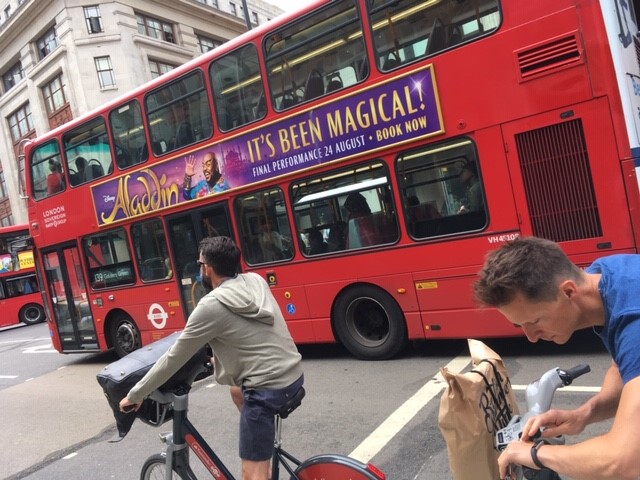
It’s Summertime in London. On Great Portland, traffic lights bring transport to a temporary halt. The cyclist in the back row is checking his watch, the one in front waits with resolve. On the big red bus, the Aladdin ad “IT’S BEEN MAGICAL!” transports me to a Christmas of another year in New York, and the New Amsterdam Theatre on Times Square, where I saw Aladdin. Shakespeare’s “All the world’s a stage” is playing in my head.
A sequel to The Traffic Lights Pop-up Part 1, this new installment further interrogates the pros and cons of the New Town. Can it match the Old Town, where each house “has its own particular face,” and streets are “spontaneous and transitory”? (Lefebvre). Student groups represented in this sequel include “Theatre/ Dance,” and “Surrealist Windows.” Guests contributions offer images of traffic lights in Brazil and Montreal. This time invited entries also offer poetry and art. Is it a contradiction to pair the functional with high art?
STUDENT GROUP THEATRE/BALLET


GUEST CONTRIBUTIONS
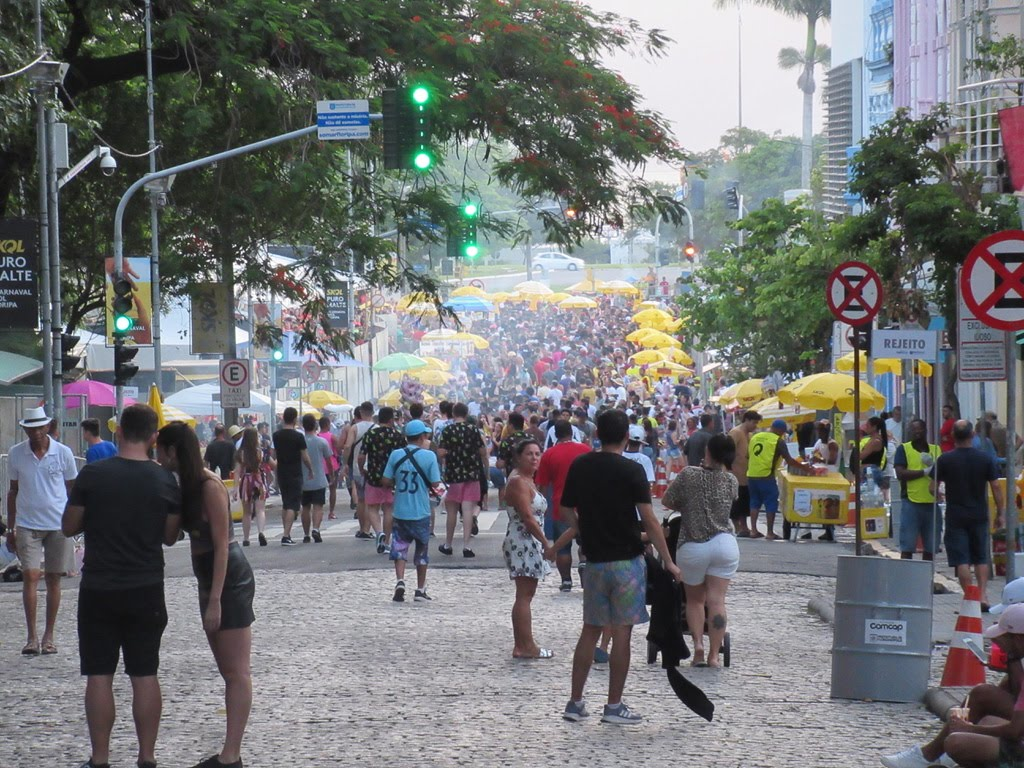
Martha Nandorfy offered this comment in reply to my email about the Traffic Lights project: “I remember driving an old Mexican lady from Oaxaca in Guelph at night, and when we stopped at a red light, she asked all incredulous why I would do that when there was no one around…” This is similar to a scene in Under the Tuscan Sun (dir. Audrey Wells, 2003), in which Marcello explains the meaning of traffic lights in Italy to his American companion:
Frances : Do traffic lights mean anything around here?
(Under the Tuscan Sun)
Marcello : Sure. Green light – avanti, avanti. Yellow light – decoration.
Frances : What about red light?
Marcello : Just a suggestion.
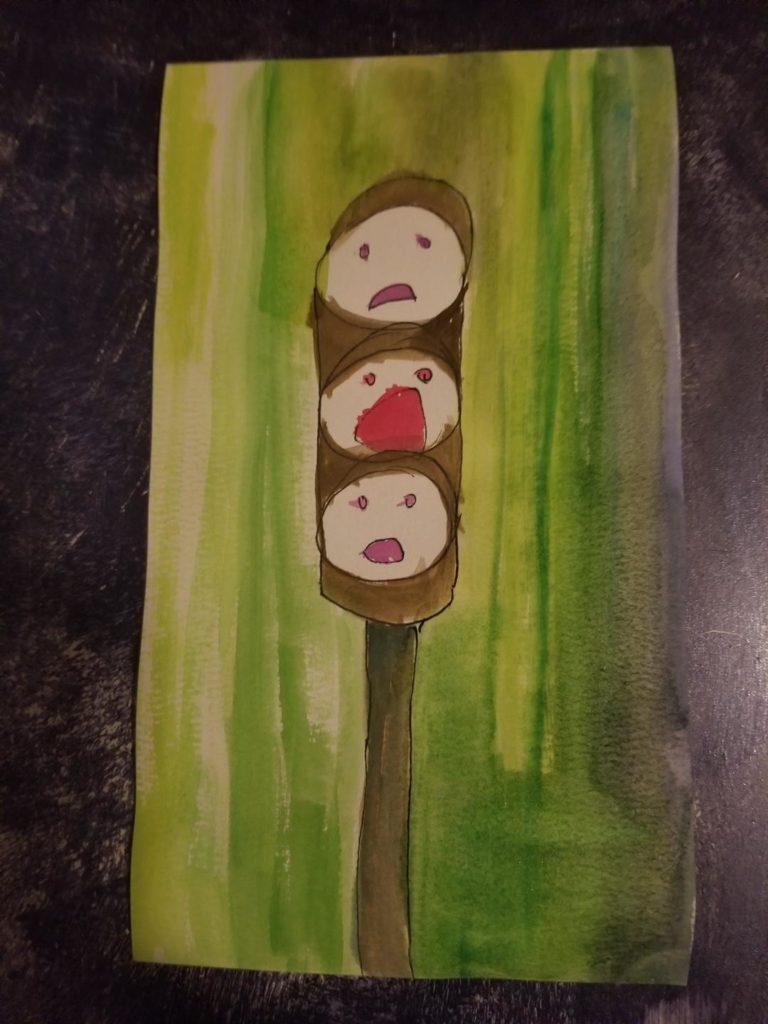
“Semáforos imaginarios/ Imaginary Traffic Lights,”
En mi pueblito manchego nunca hubo semáforos
y la chica que un día fui creció fantaseando
con la ciudad, los flashes y todo el caos urbano.I dreamed in green and amber, but red was my mind:
I could taste red in the kisses I thought I could have,
a red paralyzing my heartbeat, soon to interruptel verde en su afán por separarnos los labios.
Pero verde es también esperanza y, como en las
películas, deseaba otro rojo para besarte más y más.Another green light, an emotionless pass:
Sofia Monzon Rodriguez
I’d hold hands in prayer and count the seconds
in kisses, until colour or dream passed.

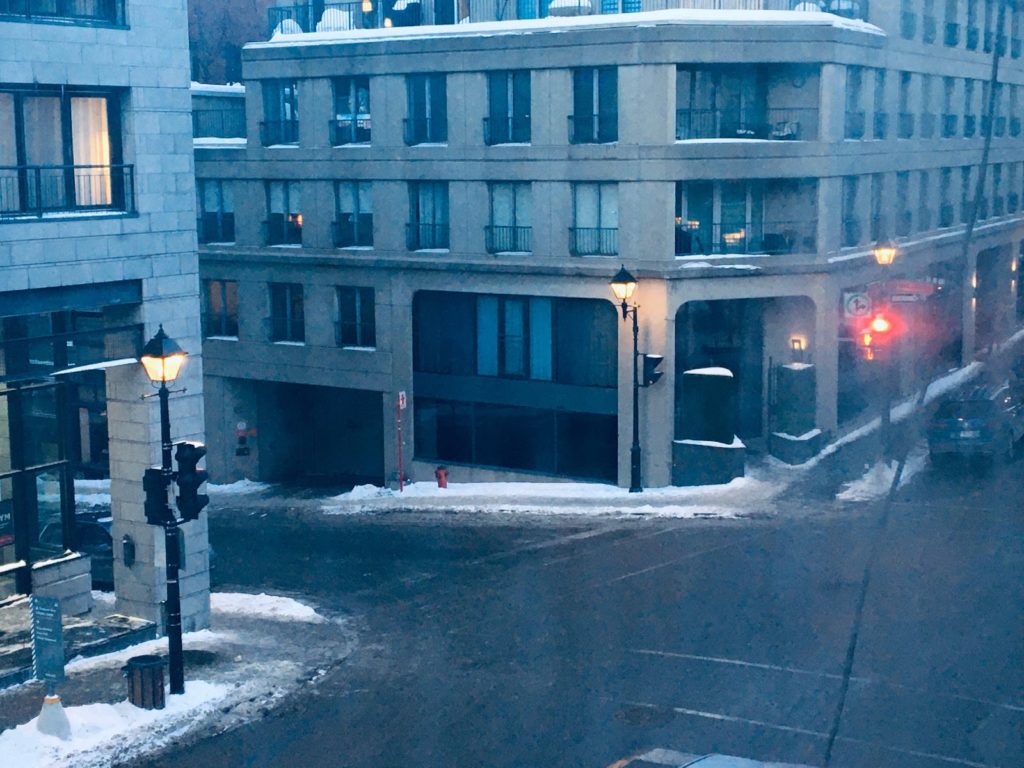
STUDENT GROUP SURREALIST WINDOWS

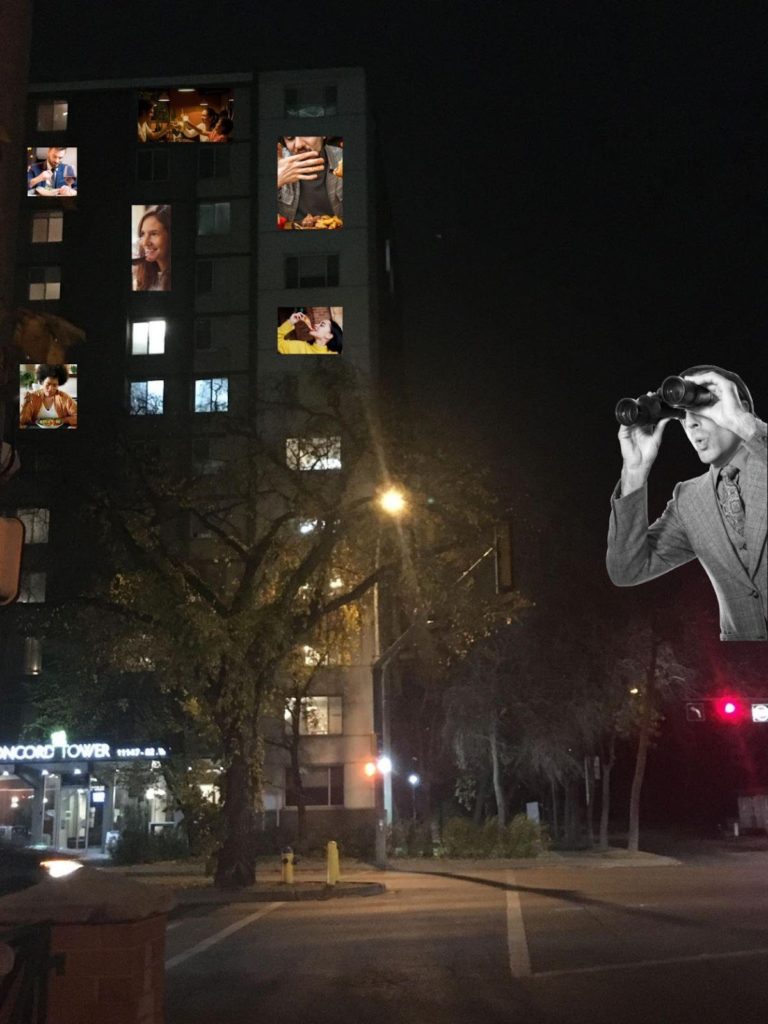
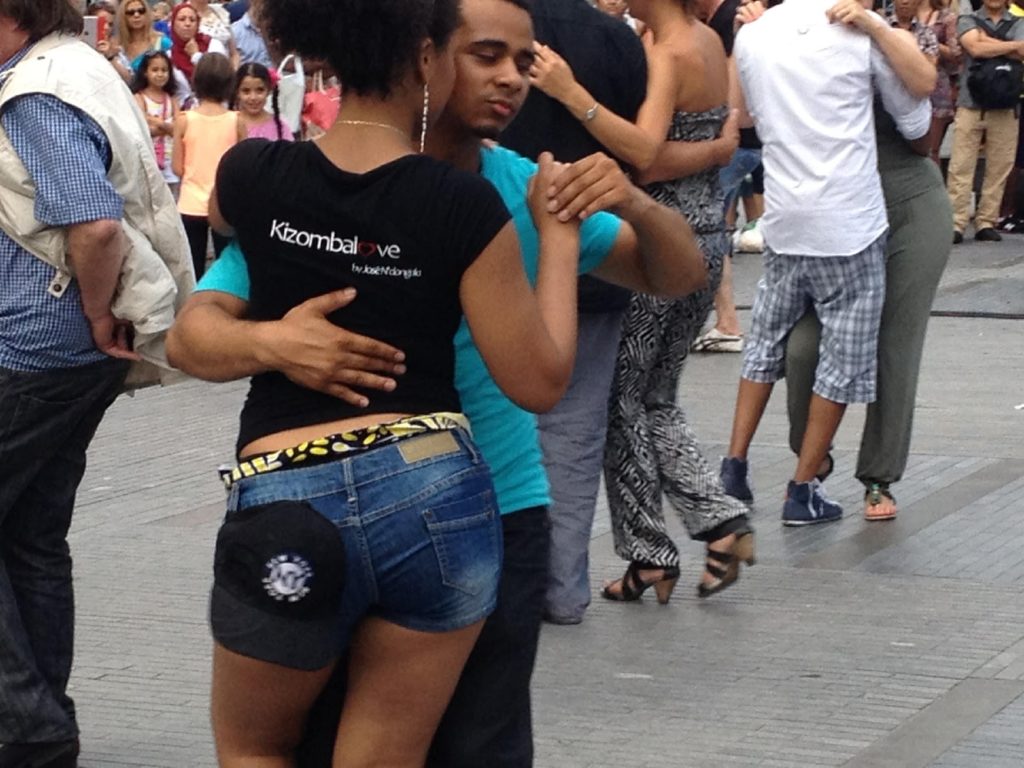
I took this snapshot of the flamboyant Kizombalove dance promotion on the historical Place de la Monnaie in Brussels. Both this square, and its most prominent landmark, The Royal Theatre of La Monnaie, are named after an old mint that once stood in this space. “Visible things always hide other visible things,” declares Rene Magritte, Belgium’s premier surrealist (qtd. in Siemens). In his own art, Magritte also chased after the contradictory and the unexpected, as in his Listening Room picturing a giant green apple that takes over an entire room. Warhol’s larger than life Campbell’s Soup Cans, and Martin Parr’s more recent extreme close-ups of ice-cream cones and bananas (Common Sense) represent this trend as well. This project’s similar quest to elevate the ordinary (traffic lights) into the extraordinary resumes in Part 3 with more debates, images, and poetry, as well as new travels to Greece, Korea and Toronto.
Read Part 1 here
